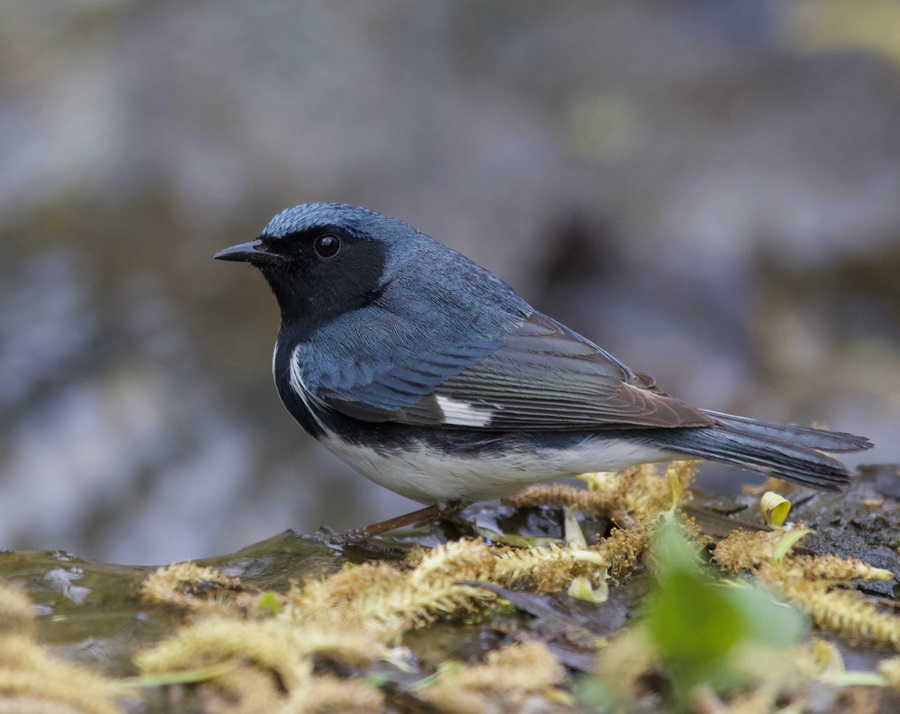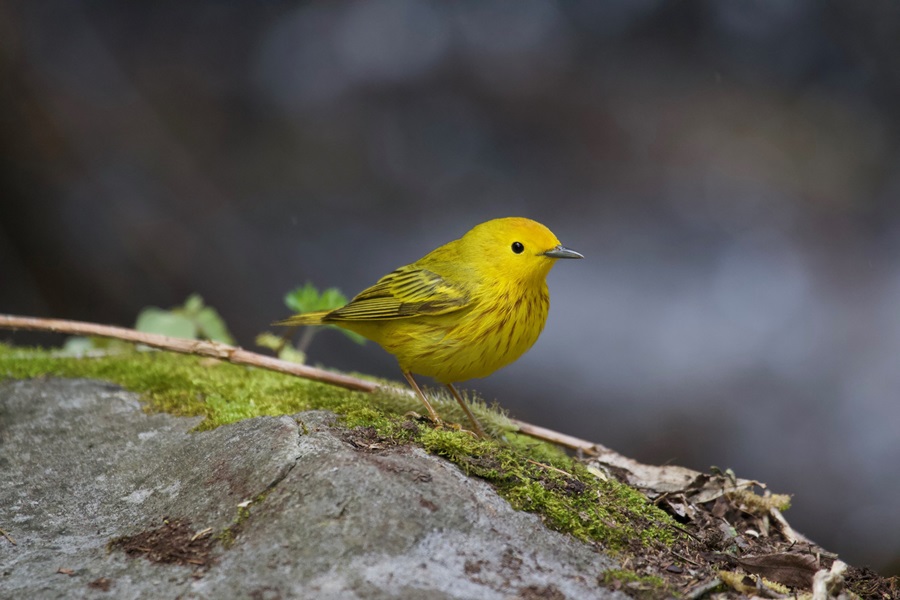As I sit down to write about the birds I’ve seen recently — classic summer birds like barn swallows and Baltimore orioles, the first yellow warblers, and common terns are making their appearances — I realize that by the time you read my words a whole new slate of species will be here.
This time of year, migration moves too fast for an every-other-week newspaper column to keep up with it.
Spring migration on the Outer Cape runs from early March to early June, but it peaks in May, both in the sheer numbers of migrating birds and the number of species coming through. Some of these birds stay around and breed on the Cape, like the marsh-dwelling common yellowthroat or forest-loving great crested flycatcher, which seem to go from completely absent to abundant in every patch of woods within a week. Meanwhile, other species use the Cape as a stopover site on their way to breeding grounds farther north. Some of them arrive and leave within the span of a few weeks in the spring.

Most of these seasonal and stopover birds are neotropical migrants, meaning they winter in the tropics and breed in North America. The stars of the show are the flashy, brightly colored warblers, of which over 30 species grace the Cape each spring, but grosbeaks, orioles, vireos, cuckoos, and a long list of other other birds migrate with them.
A new study led by Kyle Horton of Colorado State University in collaboration with the Cornell Lab of Ornithology shows just how quickly this spring migration happens. Researchers calculated the average timing of “peak migration” across the country over the last 40 years. They found that, in Massachusetts, over 50 percent of all migrants pass through in just 12 days, between May 10 and May 22.
Cornell’s website BirdCast estimates that about nine million birds migrate over Cape Cod each spring. So, that means that four and a half million birds will be passing through between May 10 and May 22, and plenty of them will stop here to refuel.
The most incredible part of this phenomenon is that it is mostly invisible to us humans. Most migratory birds travel by night, flying hundreds of miles in a single evening if the conditions are right — they typically want winds out of the south and no rain. They fly in such numbers that they show up on weather radar. When day breaks, the birds will touch down wherever they can find suitable habitat.
This is part of what gives migration such a magical feeling. It’s fleeting: many birds appear and disappear from one morning to the next.

Say you go for a walk before work along your favorite trail on a random day in mid-May. You see the regular resident birds like chickadees and titmice, plus maybe a rose-breasted grosbeak or an indigo bunting. It’s a nice day, but relatively quiet. You leave the trail and go about your day.
That night, as you sleep, the winds shift to the south. The birds take this as a cue and begin migrating. Hundreds of thousands of birds pass overhead — warblers, sparrows, buntings, flycatchers, all flapping north as fast as they can, and as the sun rises, the birds land for the day.
When you return to your trail, you find it awash with birds. Strange new birdsong rings from every canopy, and the bushes are full of flocks of migrants in bright yellows and blues and reds and oranges, all chowing down on insects and seeds as they refuel for their travels. The trail itself is just the way you left it, yet you feel like you’ve landed on a new continent. It’s the closest thing in a birder’s year to magic.
Thanks to modern technology, these remarkable days are easier to predict. BirdCast, the Cornell website, issues migration forecasts of the birds’ arrivals three days in advance. Plug in your town, and it will tell you which nights are likely to have heavy bird migration in your area. That doesn’t necessarily mean they’ll stop, mind you — sometimes they just keep flying to points farther north — but when heavy migration is predicted you can be pretty sure you have a good day of birding ahead.
Most migrant birds prefer spots with deciduous trees and thickets, especially near water. Some of the classic migrant hotspots on the Outer Cape include Beech Forest, Foss Woods, and Snake Hills in Provincetown; High Head in Truro; the Herring River and Wellfleet Bay Wildlife Sanctuary in Wellfleet; and Fort Hill in Eastham. On a good day, most any patch of habitat on the Outer Cape can be chock-full of birds — even your back yard.
You’ll be reading this as the peak of migration gets underway. Three weeks later, spring migration will be pretty much over. Seize the day: go see some birds.



